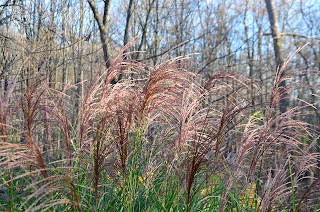 |
| Impatiens blight disease will likely continue in 2017 |
Impatiens fungus or blight hit hard in 2012 and is full blown in 2013. First the plants appeared sickly. Then the blooms fell off, leaving translucent stems pointed upward like outstretched fingers from an open hand. Those disappeared, leaving only a puzzled memory of last year's hearty fall blooms. Chalking it up to a chilly spring followed by the hottest July in recorded US history, there was only passing concern. When the stalwarts in the windowbox began to fade the circumstances became troublesome. All those lovely flats painstakingly planted-- for naught. Will this happen again?
At a Sunday baby shower hushed whispers about an "airborne" disease triggered alarm. Is this blight insidious or an aberation? Are there measures to prevent the future spread of disease for next season?
Look for pale white spots on the underside of leaves. Remove the leaves and destroy. There are commercial fungicides available from growers. Copper based fungicides would be more attractive to naturalists. Once a plant is infected, it's too late for the fungicide. Organic gardeners should rely on prevention and early intervention:
- Lift the leaves before you buy. The disease begins at the greenhouse.
- Avoid overhead watering, irrigate the plants with watering cans or hoses directed at the base.
- Chose a site with good drainage, medium early sun access and low humidity.
- Use adequate but not excessive fertility.
- Monitor the plants frequently, removing diseases leaves.
- Clean tools frequently.
- Remove infected plants and try to avoid spreading by touch.
A safe bet? New Guinea impatiens are resistant to downy mildew.
A new introduction, Sunpatiens are designed to thrive in sunny areas and seem exempt from the disease. These planted in a warm front bed amongst lavender and cleome were slow to take, but have bloomed heartily in September.
But will so miss those bloomin' bizzy lizzies!
Related Articles:
Mycorrhizza -- Fun with Fungi in the Garden
Turtlehead and Other Fall Blooming Flowers
When Should I Plant Annuals in Southeast Michigan?






















